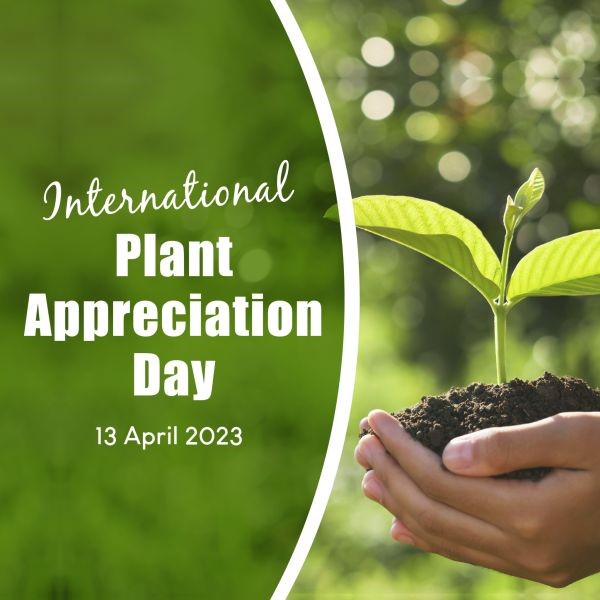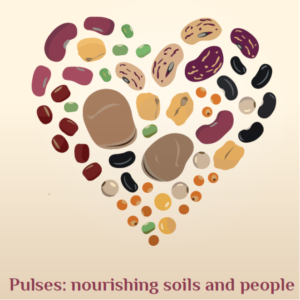CHARACTERIZATION & EVALUATION
Characterization of each sample involves a careful description of the /older-women-dating/ special characteristics that are inherited, easy to score, and expressed consistently in all environments. Since most of the traits recorded during characterization are those that can be seen, the person responsible for managing the germplasm material is charged by genebank to carry out the work of documenting these characteristics.
Evaluation requires special biochemical techniques and usually include agronomic performance, yield and biotic and abiotic stresses, such as drought or pest. In general, effective evaluation is possible when there is close institutional and personal interaction between curators and breeders or other crop improvement scientists. Because these traits are important to plant breeders and researchers, genebank prefer to coordinate this activity breeders and researchers of other institutions. Some evaluation about plant genetic diversity that use DNA-methods, were realized abroad.
Actually the characterization and evaluation of genetic material stored in genebank is at low levels. There were about 300 accessions of wheat, 104 accessions of maize and 117 accessions of beans and other vegetables characterized for 10 to 27 morphological traits.
Regeneration of germplasm
Regeneration is the renewal of germplasm accessions by sowing and harvesting seeds that possess the same characteristics as the original sample. Germplasm regeneration is considered as the most critical operation in genebank management. Germplasm regeneration involves risks to the genetic integrity of germplasm accessions due to selection pressures, out-crossing, mechanical mixtures and other factors.
Germplasm is regenerated for the following purposes: Initial seed increase for new materials received as donations, where the quantity of seeds received by the genebank is often insufficient for direct conservation. Replenishing seed stocks in active and base collections that have: low viability; or insufficient stocks for distribution, conservation, or for regeneration of active collections from original seeds in a base collection.
Regeneration standards for the crops are used to ensure that the seeds stored in base collections do not fall below acceptable levels of viability and to minimize the number of regeneration cycles to ensure that the genetic integrity of accessions is maintained. Genebank undertake regeneration when the viability falls to 85% of the initial value. Normally genebank regenerate the active collection from original seeds if possible or from its offspring within two cycles of regeneration to ensure that genetic integrity is maintained.
At present genebank has regenerated about 20% of the 3445 seed accessions conserved under long term storage conditions, and about 50% of the remaining accessions needs to be regenerated.


